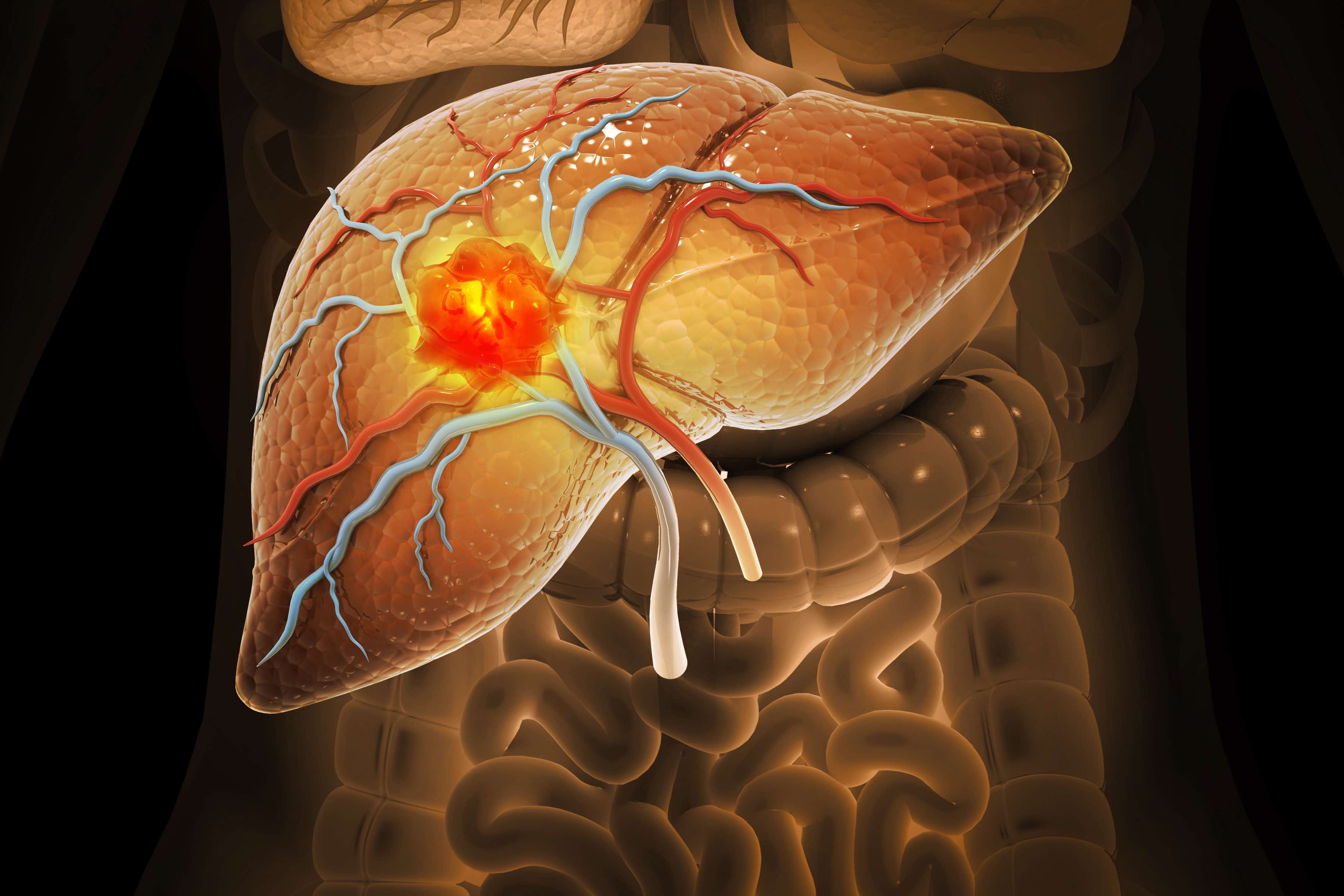News
Article
Study: Adding Anti–PD-1 to TACE Plus Lenvatinib Does Not Improve PFS in Unresectable HCC
Author(s):
The addition of PD-1 inhibitors to first-line treatment with transarterial chemoembolization (TACE) plus lenvatinib for hepatocellular carcinoma (HCC).
A small study published in Scientific Reports found that adding PD-1 inhibitors to hepatocellular carcinoma (HCC) treatment with transarterial chemoembolization (TACE) plus lenvatinib in the first line did not improve prognosis vs TACE plus lenvatinib alone. However, the authors emphasized a need for validation of these findings in further research.1
“PD-1 inhibitors have been recognized as an effective antitumor therapy in the systemic treatment of advanced HCC,” the authors wrote. “Moreover, recent studies have shown that the combination of PD-1 inhibitors on the basis of TACE and lenvatinib may be the most promising combined treatment strategy for HCC. Since there is no high-level evidence supporting its validity, it is often questioned.”
The retrospective, single-center study aimed to explore whether adding PD-1 inhibitors to TACE plus lenvatinib improved the prognosis of patients with unresectable hepatocellular carcinoma. Main measures were overall survival, progression-free survival (PFS), and tumor response based on Response Evaluation Criteria in Solid Tumors (RECIST v1.1 and mRECIST) criteria. Treatment-related adverse events (AEs) were also assessed.
A total of 35 patients were included in the study, all of whom had unresectable hepatocellular carcinoma. Of those patients, 82.9% had hepatitis B virus infection and 88.6% had liver cirrhosis, both of which are known etiologies of hepatocellular carcinoma.1,2 Additionally, 88.6% of patients had multiple tumors, 14.3% had extrahepatic metastasis, and 51.4% had portal vein tumor thrombus.1
Patients were split into 2 groups: those who received TACE plus lenvatinib (n = 16) and those who received TACE plus lenvatinib and PD-1 inhibition (n = 19).
A retrospective study aimed to determine whether adding PD-1 inhibitors to TACE plus lenvatinib improved the prognosis of patients with unresectable hepatocellular carcinoma. | Image credit: Crystal light - stock.adobe.com

At a median follow-up of 7.7 months (range, 1.7-31.6), median OS was not reached in either group. Based on RECIST v1.1 criteria, the median PFS was 10.4 months among patients who received TACE plus lenvatinib and 7.9 months among those who received anti–PD-1 therapy in addition to TACE plus lenvatinib, but the difference was not statistically significant (HR, 1.13; 95% CI, 0.45-2.84; P = .80). The objective response rate among those treated with TACE plus lenvatinib was 31.3% compared with 31.6% in those who also received a PD-1 inhibitor, but this finding also did not reach statistical significance (P > .05). The objective response rates (ORRs) were 31.3% and 31.6% in the TACE plus lenvatinib group and the PD-1 inhibitor group, respectively (P > .05), and disease control rates were 93.8% and 78.9% (P > .05).
According to mRECIST criteria, the median PFS was 10.4 in the TACE plus lenvatinib group and 10.1 months in the anti–PD-1 group, but this finding also did not reach statistical significance (HR, 0.98; 95% CI, 0.38-2.54; P = .97). The ORRs were 62.5% and 63.2%, respectively (P > .05), while the disease control rates were 93.8% and 73.7% (P > .05). AEs did not significantly differ across groups.
The authors noted several study limitations, including the small sample size, which limited subgroup analysis and prevented the authors from determining whether subgroup populations might benefit from the addition of PD-1 inhibitors more than others. The follow-up was also relatively short, and the study was conducted at a single center. A multicenter, randomized trial is needed to analyze the triple therapy’s efficacy in unresectable hepatocellular carcinoma.
“PD-1 inhibitors did not improve the PFS and tumor response of unresectable HCC treated with TACE plus lenvatinib. Hepatitis B infection, liver cirrhosis, portal vein tumor thrombus, multiple tumors and large tumor diameter may be potential factors that affect the efficacy of PD-1 inhibitors but need further validation.”
References
1. Ding Z, Fang G, Tang Y, Zeng Y. The impact of PD-1 inhibitors on prognosis in unresectable hepatocellular carcinoma treated with TACE and lenvatinib: a retrospective study. Sci Rep. Published online June 21, 2024. doi:10.1038/s41598-024-63571-1
2. Hepatocellular carcinoma. Mayo Clinic. April 18, 2023. Accessed July 2, 2024. https://www.mayoclinic.org/diseases-conditions/hepatocellular-carcinoma/cdc-20354552





